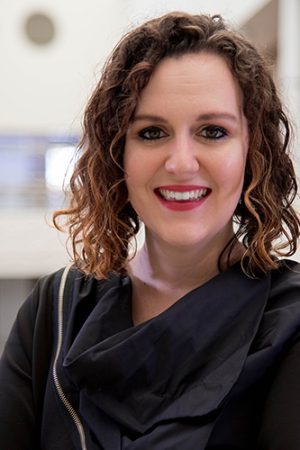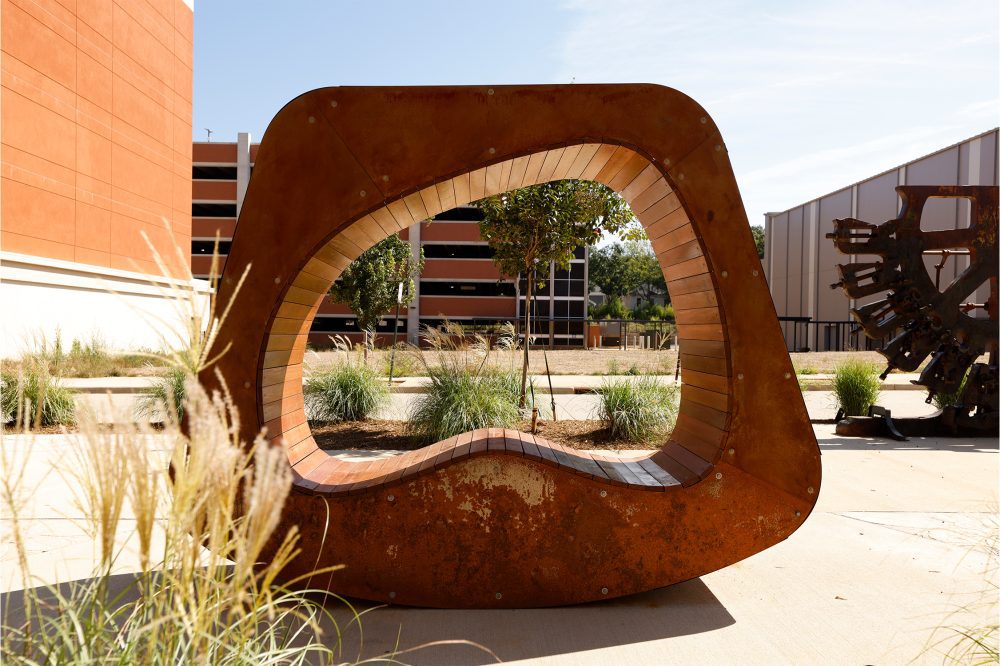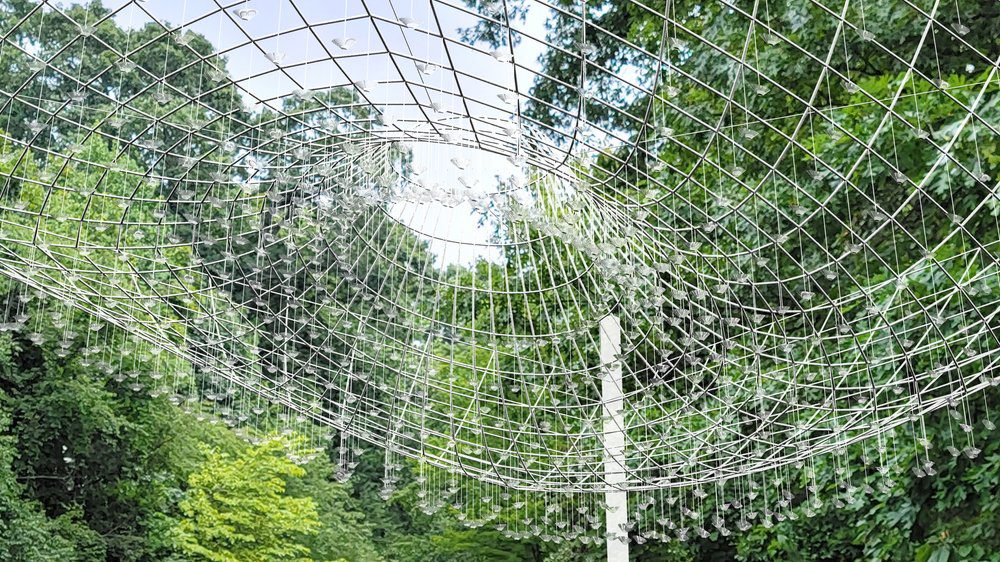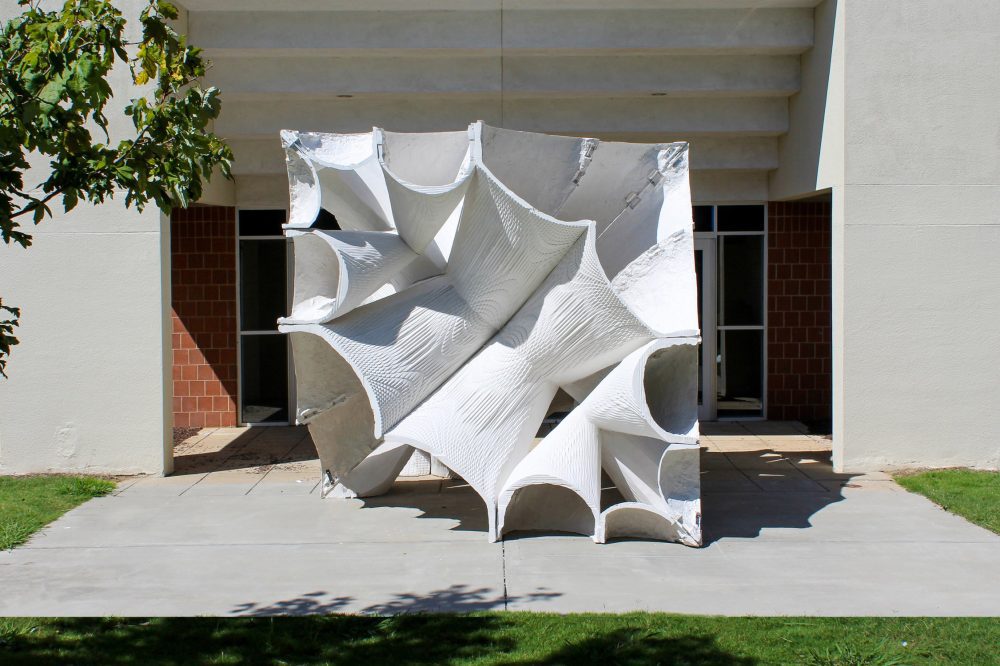Rachel Dickey

Rachel Dickey
Rachel Dickey is an Associate Professor in the David R. Ravin School of Architecture and Principal of Studio Dickey, a Charlotte-based art and design practice. Her work is characterized by the synthesis of architecture, art, cognitive science, and technology offering a multifaceted study of the human experience and the built environment. While her research explores how experience-oriented art and design are enlivened, materialized, and situated in the world through the body, her professional projects act as real-world applications of the research by providing interactive material interfaces that vary in scale from furniture to urban design.
Dickey received a Master of Design Studies with a concentration in Technology from Harvard University and a Master of Architecture and Bachelor of Science in Architecture from Georgia Institute of Technology. She has previously taught as a Visiting Assistant Professor at Cornell University and the Design Innovation Fellow at Ball State University. Her portfolio of work includes a diverse list of clients including Angels Gate Cultural Center in Los Angeles, Office for the Arts at Harvard, Des Cours in New Orleans, the Museum of Design in Atlanta, NineDotArts in Denver, Mecklenburg County Parks and Recreation, Charlotte City Center Partners, Charlotte Arts & Science Council, and Rock Hill Economic and Urban Development.
In 2023, she received the Cultural Heritage Landscape Award, an international design award for her design of the Bleachery Heritage Plaza. Her work has been recognized in various media, including Architectural Review and Architect Magazine, and has been published in journals and books by MIT Press and Princeton Architectural Press. Visit her website.
EXPLORE HER RECENT WORK



Dickey’s “Bleachery Heritage Plaza,” has received the 2023 BLT Built Design Award for Cultural Heritage Landscape. In 2020, Dickey won the commission from the Town of Rock Hill, SC, to design a plaza in what is now called University Center. The design pays tribute to the Rock Hill Printing and Finishing Company, which opened in 1929 and was one of the largest cloth printing and finishing companies in the United States.
Dickey is currently working on the Irwin Creek Plaza & Canopy, which is currently under construction and is estimated to be completed in Summer 2025.
Dickey’s “Sound Pavilion” uses sound performance to guide the construction of repeating gypsum forms into an architectural space. Her work on this structure was featured in Architect Magazine, on how architects should redesign the workspace with sound as a priority instead of an afterthought.